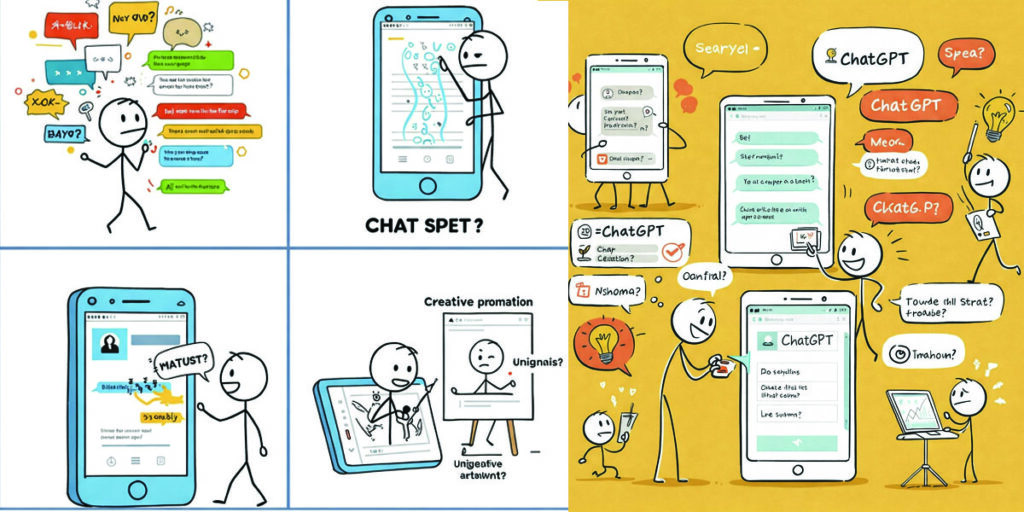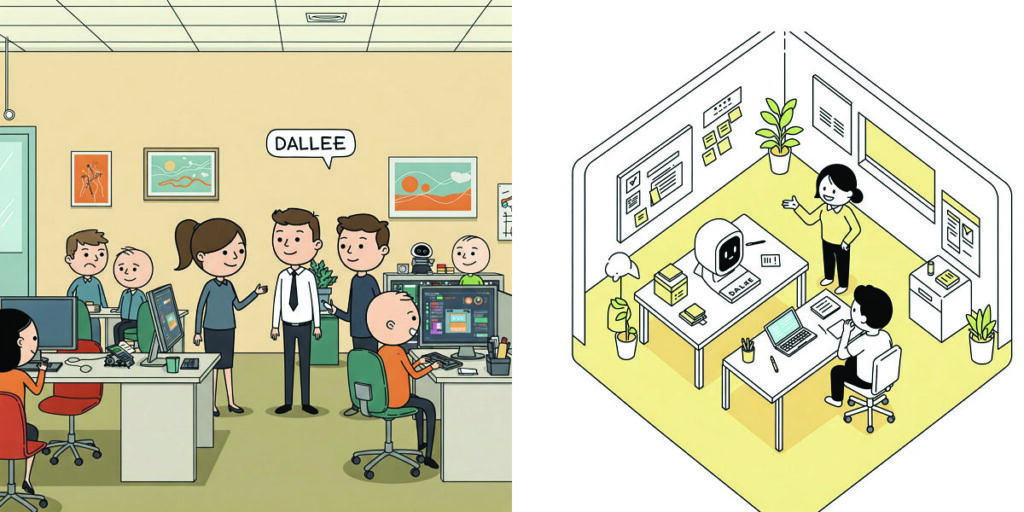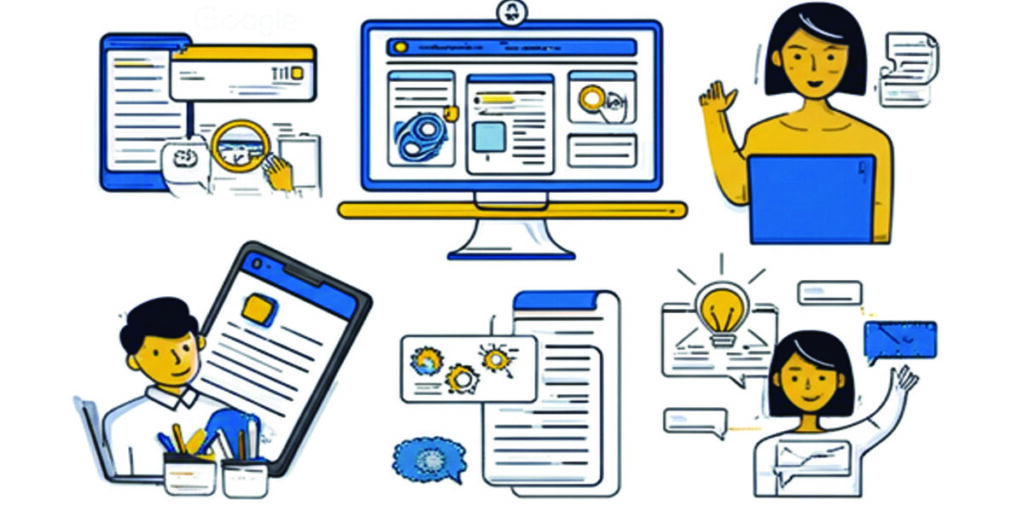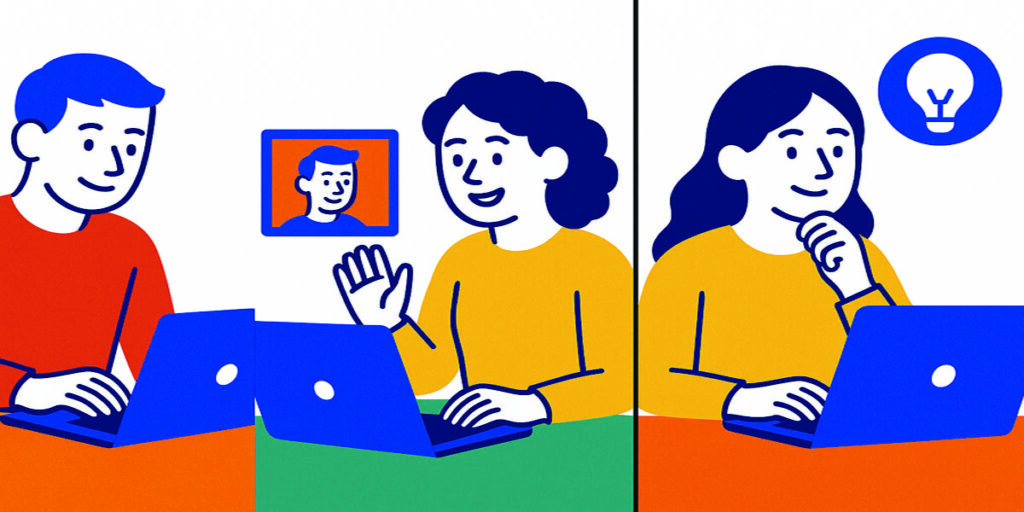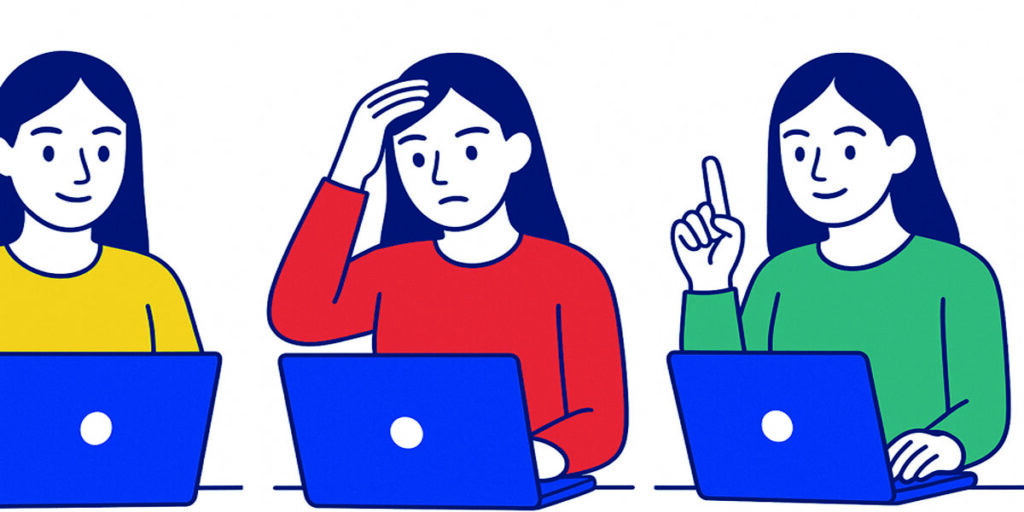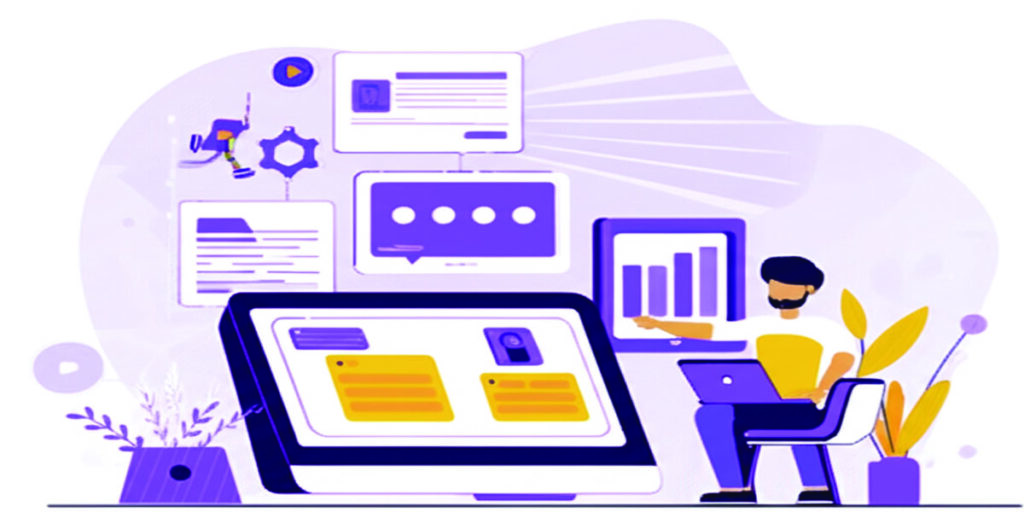AI tool for virtual makeup, facial enhancement, and real-time beauty filters.
The human desire for enhancement and self-expression has found a powerful new canvas in the digital realm, driven by the rapid evolution of Artificial Intelligence. Virtual makeup, facial enhancement, and real-time beauty filters, once the stuff of science fiction, are now ubiquitous features in social media, e-commerce, and dedicated beauty applications. This transformative shift is powered by sophisticated AI algorithms that can analyze facial features, apply digital cosmetics realistically, and even offer personalized beauty recommendations. While a specific dominant platform named “Beautify.ai” doesn’t appear to be a major player, the underlying technology and its applications have a rich history, a booming economic market, and a dynamic networking landscape that continues to push the boundaries of digital beauty.
From Novelty Filters to Sophisticated AI: A Historical Perspective
The journey of AI in virtual beauty can be traced back to the early days of digital image manipulation. Simple red-eye removal tools and basic color correction were among the first forays into altering digital representations of ourselves. The late 2000s and early 2010s saw the rise of rudimentary photo filters on social media platforms, offering nostalgic looks or simplistic color overlays. These filters, while popular, lacked the intelligence to understand facial structure or apply changes contextually.
A significant leap occurred with the advent of more powerful computer vision techniques and the increasing availability of computational resources. Facial detection and recognition became more accurate, allowing applications to identify key facial landmarks like eyes, lips, and eyebrows. This laid the groundwork for the first generation of virtual try-on experiences. Initially, these were often clunky and unrealistic, relying on simple overlays that didn’t adapt well to different face shapes, lighting conditions, or movements.
The real revolution began with the integration of Artificial Intelligence, particularly machine learning and deep learning. Around the mid-2010s, algorithms trained on massive datasets of faces and makeup styles started to emerge. These AI models could learn the nuances of how makeup interacts with different skin tones and textures, how it responds to lighting, and how to apply it in a way that looked increasingly natural.
Early AI applications focused on static image editing, allowing users to digitally apply lipstick, eyeshadow, or foundation to uploaded photos. Tools like those developed by companies specializing in augmented reality (AR) and AI for beauty began to offer more sophisticated options, including realistic texture simulation and the ability to adjust intensity.
The next major wave was the introduction of real-time beauty filters in video applications and social media. This required even more advanced AI, capable of tracking facial movements and expressions instantaneously and rendering virtual makeup and enhancements seamlessly. This era, starting in the late 2010s, saw the explosion of filters on platforms like Snapchat, Instagram, and TikTok, fundamentally changing how people presented themselves online. These filters moved beyond simple beautification to include fantastical elements, stylistic transformations, and even temporary digital identity changes.
The development wasn’t limited to cosmetic applications. AI also began to be used for facial enhancement, allowing users to smooth skin, reshape features, and alter facial structure in subtle or dramatic ways. This raised both excitement for creative possibilities and concerns about the potential for promoting unrealistic beauty standards.
Crucially, the historical trajectory shows a clear movement from simple, static digital alterations to dynamic, intelligent, and real-time AI-powered transformations. This evolution has been driven by continuous advancements in computer vision, machine learning algorithms (such as Generative Adversarial Networks for generating realistic textures), and the increasing processing power of mobile devices and cloud computing.
The Booming Market of AI Beauty Tech: Economics and Trends
The economic impact of AI in the beauty industry has been substantial, transforming not only how consumers interact with beauty products but also how brands develop, market, and sell them. The global beauty tech market, encompassing a wide range of technologies including AI, is experiencing significant growth.
Recent market analysis indicates the global beauty tech market was valued at tens of billions of dollars in 2024 and is projected to reach well over a hundred billion dollars by the end of the decade, with a compound annual growth rate (CAGR) exceeding 15%. AI is a dominant force within this market, accounting for a significant share of the revenue, primarily driven by its applications in personalization, virtual try-on, and advanced skin analysis.
Several key trends are shaping the economic landscape of AI beauty tech:
- Virtual Try-On Dominance: Augmented Reality-powered virtual try-on experiences for makeup and hair color have become a cornerstone of e-commerce for beauty brands. This technology allows consumers to experiment with products remotely, reducing the need for physical testers and potentially lowering return rates. Brands integrating virtual try-on report increased customer engagement and conversion rates. This segment continues to innovate with more realistic renderings and the ability to try on complete looks.
- Personalized Recommendations and Skin Analysis: AI-powered skin analysis tools, often accessed through mobile apps or smart mirrors, can assess skin conditions, identify concerns like acne or pigmentation, and recommend personalized skincare routines and products. This not only enhances the customer experience but also provides brands with valuable data on consumer needs. Personalized product recommendations, driven by AI analyzing user preferences, purchase history, and even environmental factors, are becoming increasingly sophisticated, leading to higher customer satisfaction and loyalty.
- AI in Product Development and Formulation: Beyond consumer-facing applications, AI is being used in the research and development phases of beauty products. Algorithms can analyze vast datasets of ingredients, their properties, and consumer feedback to identify potential new formulations, predict product performance, and even optimize for sustainability. This can significantly accelerate the product development cycle and reduce costs.
- Integration in Retail and E-commerce: AI is enhancing both online and offline beauty retail experiences. E-commerce platforms are leveraging AI for personalized product displays, virtual assistants, and seamless virtual try-on integrations. In physical stores, smart mirrors equipped with AI allow customers to virtually try on products, receive skin analyses, and get personalized recommendations, bridging the gap between the digital and physical shopping experience.
- The Rise of AI-Powered Content Creation: AI is also being used to generate marketing content, from ad copy and social media posts to AI-generated imagery and videos featuring virtual models wearing digitally applied makeup. This can reduce the cost and time associated with traditional content production and enable brands to create highly targeted and varied marketing materials.
- Increased Investment and Mergers & Acquisitions: The strong market growth and promising future of AI beauty tech are attracting significant investment. Startups specializing in AI and AR for beauty are receiving substantial funding, and larger beauty conglomerates are acquiring technology companies to integrate these capabilities into their offerings. This consolidation and investment are further fueling innovation and market expansion.
The economic opportunities extend beyond large corporations. AI-powered tools and platforms are becoming more accessible, allowing smaller beauty brands and even individual beauty professionals and content creators to leverage these technologies for personalized customer engagement and content creation. The “creator economy” on social media platforms is heavily reliant on the accessibility and sophistication of real-time beauty filters and enhancement tools.
However, the economic landscape also presents challenges. Ensuring the accuracy and ethical use of AI in skin analysis and facial enhancement is crucial to maintain consumer trust. Data privacy concerns related to the collection and use of facial data are also a significant consideration. Furthermore, the rapid pace of technological advancement requires continuous investment in R&D to stay competitive.
Connecting the Dots: Networking and Collaboration in AI Beauty Tech
The AI beauty tech industry is a dynamic ecosystem driven by collaboration and networking among diverse players. This includes technology companies specializing in AI and AR, beauty brands, research institutions, developers, and content creators. Networking in this space is essential for sharing knowledge, fostering innovation, identifying market opportunities, and building successful products and services.
Several avenues facilitate networking and collaboration:
- Industry Conferences and Events: Specialized conferences and trade shows focused on beauty tech, cosmetic science, and artificial intelligence provide crucial platforms for companies to showcase their technologies, learn about the latest trends, and connect with potential partners and clients. Events focusing on the intersection of technology and retail are also increasingly relevant for AI beauty tech companies.
- Technology Partnerships and Integrations: A common form of networking is the partnership between technology providers and beauty brands. Technology companies specializing in AI/AR develop the core algorithms and platforms, while beauty brands integrate these solutions into their websites, apps, and in-store experiences. These collaborations allow brands to leverage cutting-edge technology without building it from scratch, and provide technology companies with access to a large customer base and valuable data for refining their algorithms. Examples include partnerships between AR/AI tech companies and major cosmetic retailers or brands to power virtual try-on features on their platforms.
- Developer Communities and APIs: Technology companies often build developer communities around their AI/AR platforms, providing APIs and SDKs that allow third-party developers to integrate virtual makeup and beauty filters into their own applications. This fosters innovation and expands the reach of the underlying technology into various use cases, from social media apps to gaming and entertainment.
- Research Collaborations: Collaboration between academic institutions and industry players is vital for pushing the boundaries of AI research relevant to beauty tech. This includes research in areas like realistic rendering of skin and hair, understanding the perception of beauty, and developing ethical AI for facial analysis and enhancement.
- Venture Capital and Investment Networks: The flow of investment plays a significant role in connecting startups with the resources they need to grow. Venture capital firms specializing in technology and consumer goods facilitate networking between investors and promising AI beauty tech companies.
- Online Communities and Forums: Online platforms, forums, and social media groups dedicated to AI, AR, beauty tech, and digital art serve as informal networking spaces where developers, designers, researchers, and enthusiasts can share knowledge, collaborate on projects, and discuss emerging trends.
- Cross-Industry Collaborations: As AI beauty tech matures, we are seeing collaborations with other industries, such as healthcare (for skin diagnostics and wellness), fashion (for virtual try-on of apparel), and entertainment (for creating digital avatars and enhanced visual effects).
Networking in the AI beauty tech space is not just about business deals; it’s also about the exchange of ideas and the collaborative development of best practices, particularly concerning ethical considerations and the responsible use of powerful facial manipulation technologies. Discussions around data privacy, transparency in using filters and enhancements, and the potential impact on self-esteem are becoming increasingly important within these networks.
While a single platform named “Beautify.ai” might not dominate the conversation, the collaborative spirit of the broader AI beauty tech landscape is evident in the numerous partnerships, integrations, and community-driven innovations that are constantly shaping this exciting and rapidly evolving field. The future of virtual beauty will undoubtedly be built on the continued networking and collaboration of these diverse stakeholders.
The history of AI in virtual beauty is a testament to the power of technological innovation in meeting evolving consumer desires. From simple digital tweaks to sophisticated real-time transformations, AI has revolutionized how we perceive and interact with beauty in the digital world. The economic market for AI beauty tech is thriving, driven by the demand for personalized experiences, convenient virtual try-on options, and data-driven product development. This growth is underpinned by a vibrant networking landscape where technology companies, beauty brands, researchers, and developers collaborate to push the boundaries of what’s possible. As AI continues to advance, the “AI mirror” will become even more intelligent, integrated, and influential, offering exciting new possibilities while also necessitating careful consideration of the ethical and societal implications of altering our digital reflections. The journey of AI in virtual beauty is far from over, promising a future where the lines between the physical and digital, and between reality and enhancement, continue to blur.

